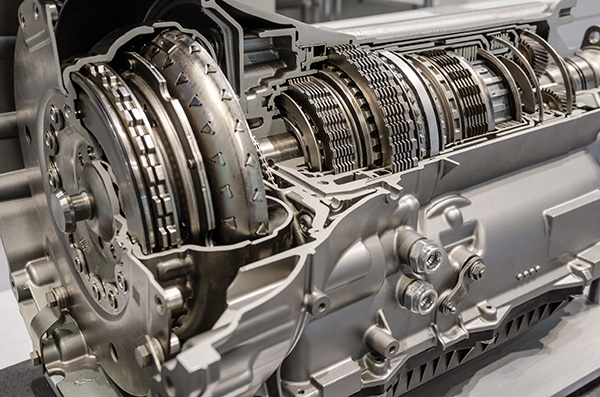
When your transmission takes too long to change gears, it usually means something isn't working the way it should. Maybe the car hesitates when you go from park to drive. Or maybe there's a delay when shifting between gears while driving. These small moments of hesitation are more than just a mild annoyance. They are signs that your transmission is struggling to respond correctly, and if ignored, the issue can get worse over time.
Common Reasons for Slow Shifting
Automatic transmissions rely on fluid pressure, sensors, and mechanical parts to shift at the right time. When one part of that system is off, gear changes become sluggish. Some of the most common causes include:
- Low or dirty transmission fluid: This is one of the most frequent reasons for delayed shifting. Fluid provides pressure and lubrication. If it breaks down or leaks, the transmission can't do its job efficiently.
- Worn clutch packs or bands: These internal components help the transmission hold gears. Over time, they wear out and struggle to engage smoothly.
- Failing shift solenoids: These electronic valves control fluid flow during gear changes. If a solenoid sticks or fails, the gear shift timing becomes unpredictable.
- Software or sensor problems: Modern transmissions rely on computer input to decide when to shift. A bad sensor or outdated software can throw off the timing.
When the Problem Happens Matters
If the delay only happens when the car is cold, it could be fluid-related. Cold transmission fluid is thicker and doesn’t flow as well. Once it warms up, the shifting may improve. On the other hand, if the problem gets worse when the car is hot, that could point to overheating or internal wear. Pay attention to when the symptoms appear. That timing helps identify the source.
Shifting Issues Can Feel Subtle at First
Some vehicles don’t slam into gear when there's a problem. Instead, they start with light delays, mild flaring between shifts, or a faint shudder as the gears engage. These signs are easy to ignore at first. But they often get worse over time. If left untreated, a minor shift delay can lead to gear slippage or complete transmission failure. Catching it early gives you the best chance at a simple fix.
What a Shop Looks for During Diagnosis
When you bring your vehicle in for slow shifting, the technician will likely check the fluid condition and level first. If it looks dark or smells burnt, that tells a lot about internal wear. From there, a scan tool can read any stored trouble codes from the transmission control module. The technician may also test shift solenoids, measure line pressure, or perform a road test to feel the symptoms firsthand. In some cases, a software update or sensor replacement may solve the issue without opening up the transmission.
Transmission Service in Waldorf for Smoother Driving
The sooner you get the transmission looked at, the more likely it is that the repair will be straightforward. Letting it go too long increases the risk of needing major repairs or even a full rebuild. If your car feels off when shifting, don’t assume it’s just aging. Many issues can be corrected quickly with the right tools and expertise.
Restore Smooth Shifting with Cottman of Waldorf in Waldorf, MD
At Cottman of Waldorf, we take shifting problems seriously. If your transmission is slow to respond or showing signs of hesitation, we’ll perform a full diagnostic to find the cause. Whether you need a fluid service or a deeper repair, we’ll get your car shifting like it should.
Call today to schedule a transmission inspection.